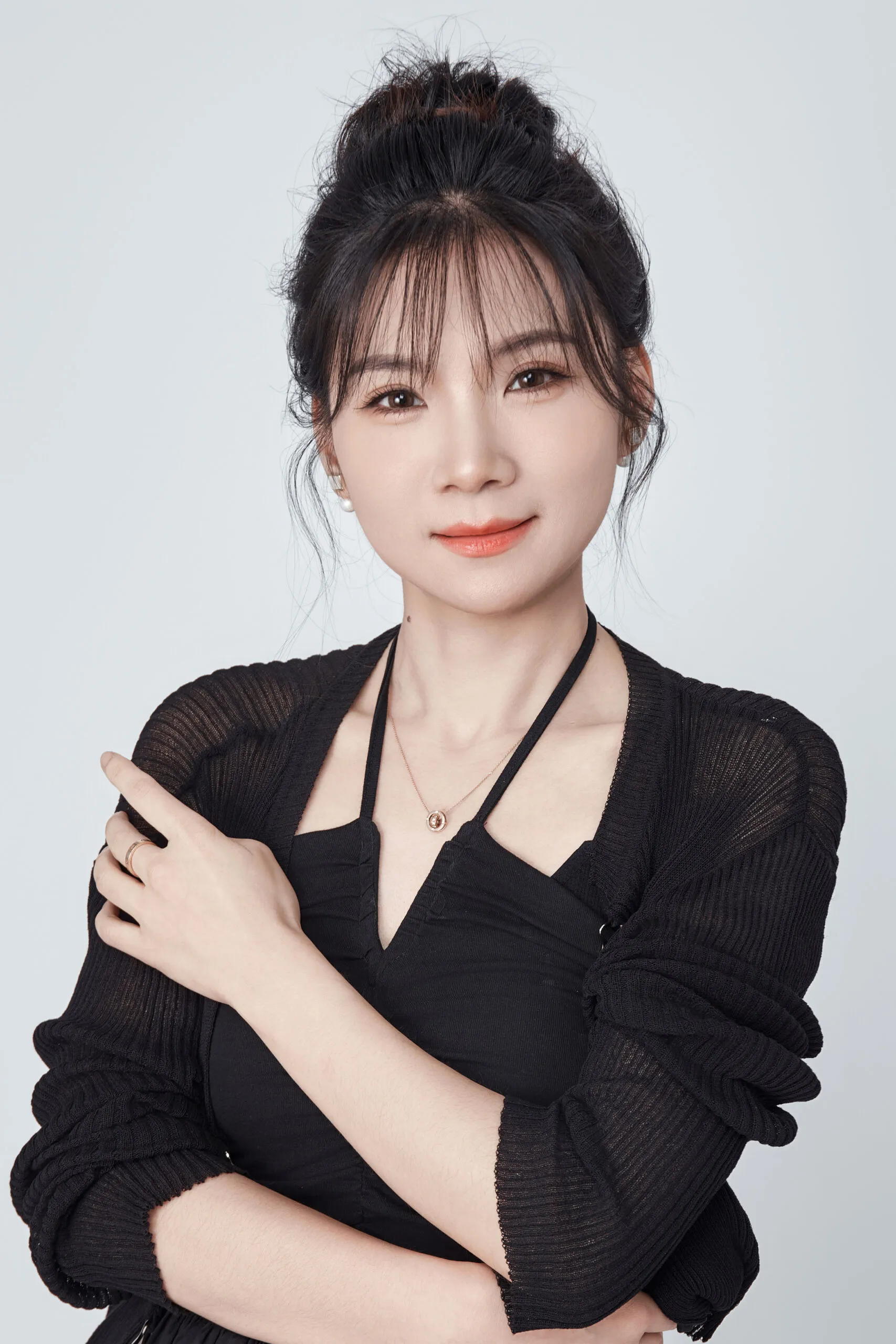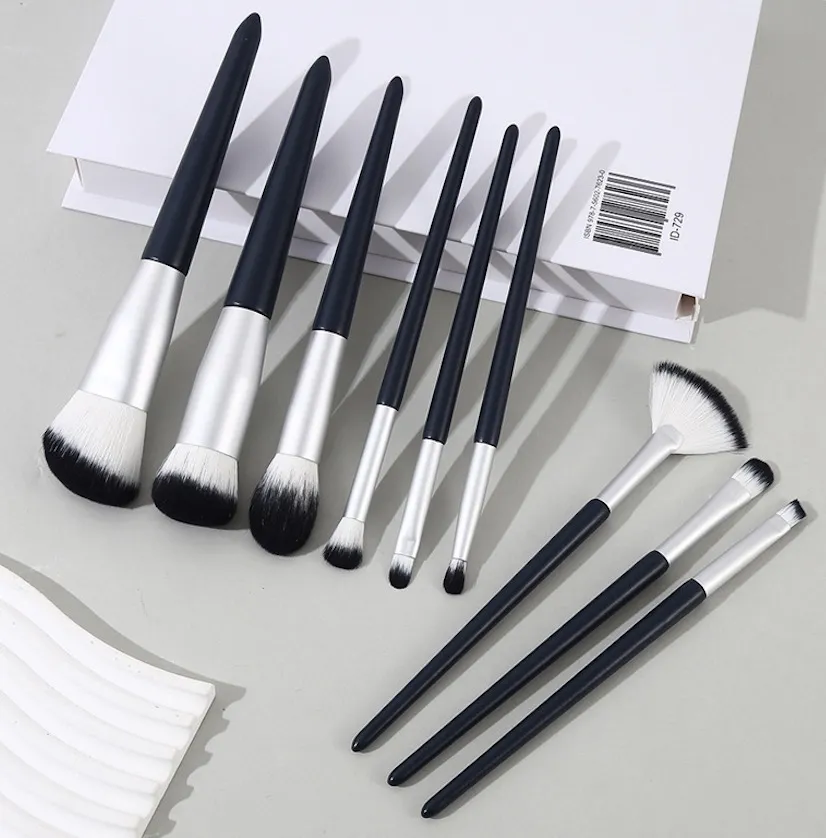Ever wonder where your favorite L’Oréal brush comes from? The packaging is often vague, and the answer isn’t simple. It actually reveals how the entire beauty industry really works.
Most L’Oréal makeup brushes are made by third-party suppliers in Asia, with China being the most common country of origin. To be sure, always check the "Made in…" text on the specific product’s packaging or the online retailer’s product details.
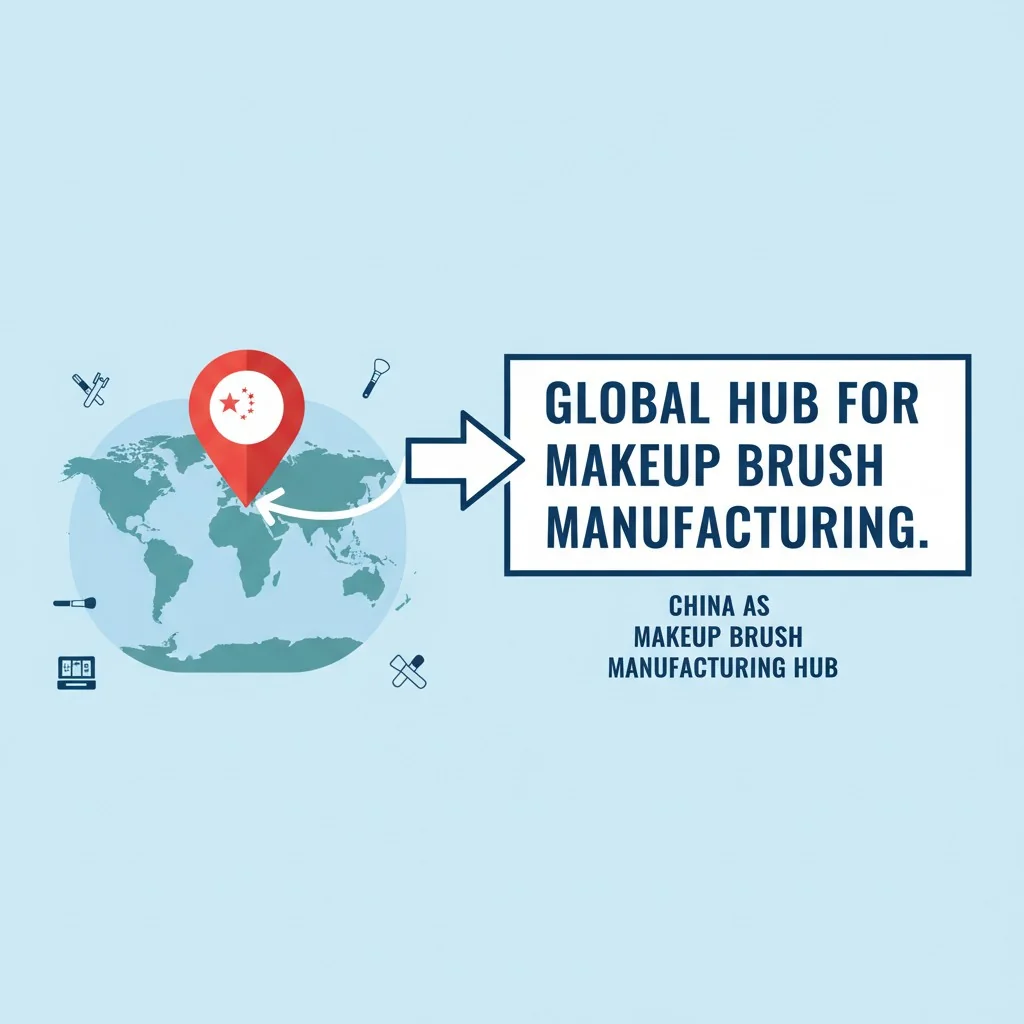
This simple answer opens up a bigger conversation. It’s not just about L’Oréal; it’s about understanding the Global supply chain1 that puts these essential tools in our hands. As a brand owner myself, I know that understanding this system is the first step to making smart sourcing decisions for your own beauty line. It’s the difference between guessing and knowing. Let’s break down what this means for you, whether you’re a curious shopper or a brand founder like my client Emily.
All L’Oréal products, including makeup brushes, are made in France.False
L’Oréal is a French multinational, but it manufactures and sources products globally. Accessories like brushes are typically outsourced to specialized manufacturers in Asia, as confirmed by packaging.
Many mass-market makeup brush brands state their products are primarily made in Asia.True
Leading brands like EcoTools and Real Techniques explicitly mention on their websites that their brushes are primarily manufactured in Asia, confirming a category-wide sourcing strategy.
Where are L’Oréal makeup brushes made?
You want a straight answer about your L’Oréal brush’s origin, but the brand itself is quiet. Don’t worry. Here’s how to find the real source on your own.
Most L’Oréal Paris brushes sold in mass-market retail are made in China. This is confirmed by the "Country of Manufacture" printed on the packaging of specific products, like their Infaillible line. L’Oréal outsources this production to specialized OEM partners.
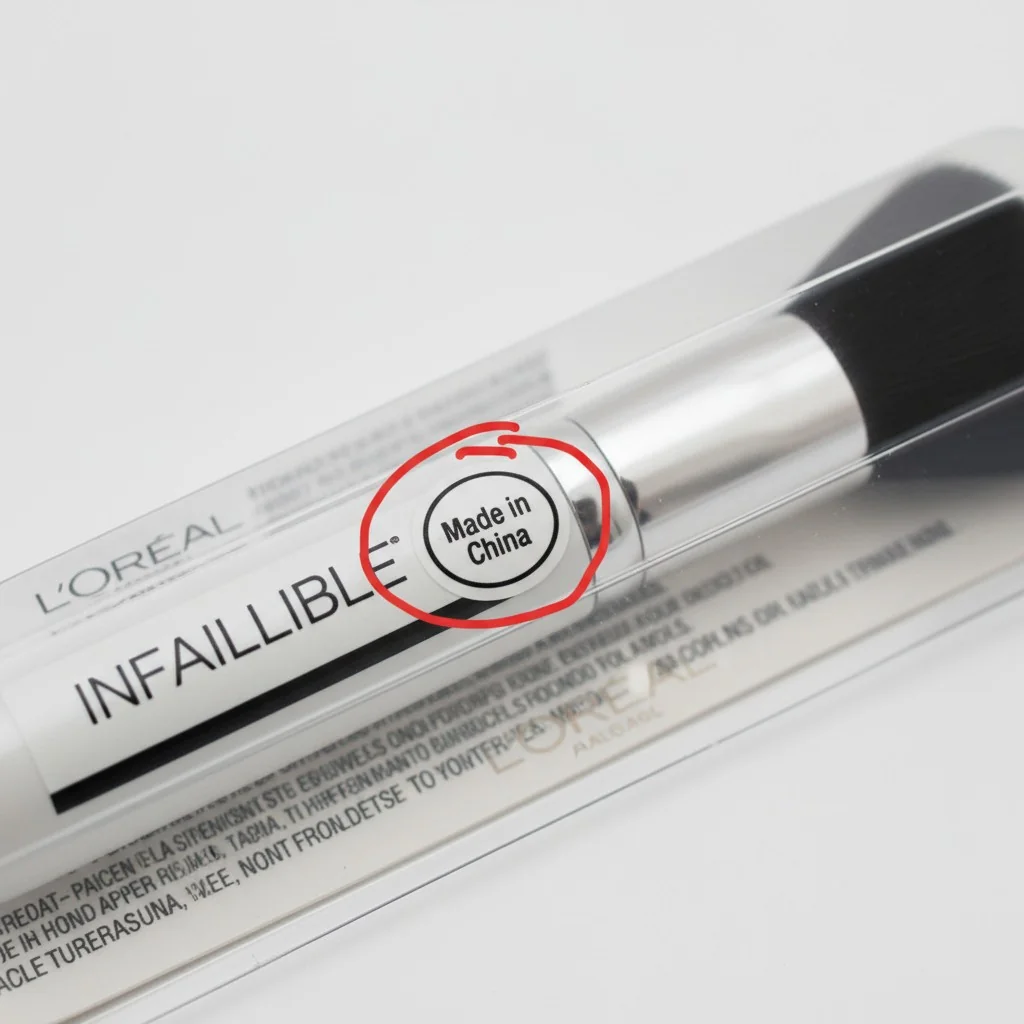
When you see a giant brand like L’Oréal, it’s easy to assume they own every factory that makes their products. But that’s not how it works for tools and accessories. I learned this firsthand when I started on the factory floor. Big brands rely on a network of specialized suppliers.
What is an OEM Supplier?
OEM stands for Original Equipment Manufacturer. In simple terms, it’s a factory that makes products for other companies to sell under their own brand name. L’Oréal designs the brush, sets the quality standards, and then hires an expert factory in Asia to produce it. This is a smart and efficient strategy. L’Oréal focuses on what it does best—formulation, marketing, and distribution—while the OEM factory focuses on what it does best: crafting high-quality brushes at scale. This is the standard model for almost every major beauty brand’s accessories line.
L'Oréal publicly lists all of its makeup brush OEM suppliers on its corporate website.False
Like most major brands, L'Oréal does not publicly disclose the names of its third-party OEM suppliers for competitive and logistical reasons. This information is considered confidential.
The country of origin for a L'Oréal brush can be found on retailer websites like eBay or Amazon.True
Many marketplace listings for specific L’Oréal brush SKUs include a “Country/Region of Manufacture” field in the product details, which often states “China.”
Why do major brands source makeup brushes from China and Asia?
Why do brands like L’Oréal, and even competitors like EcoTools, all source from Asia? It might seem like a huge risk from the outside. The reality is, it’s a powerful strategic advantage.
Asia, especially China, is the global center for cosmetic brush manufacturing. It offers specialized factory clusters, mature supply chains for materials, and the ability to produce high-quality brushes at scale. This combination of speed, cost, and consistency is unmatched.
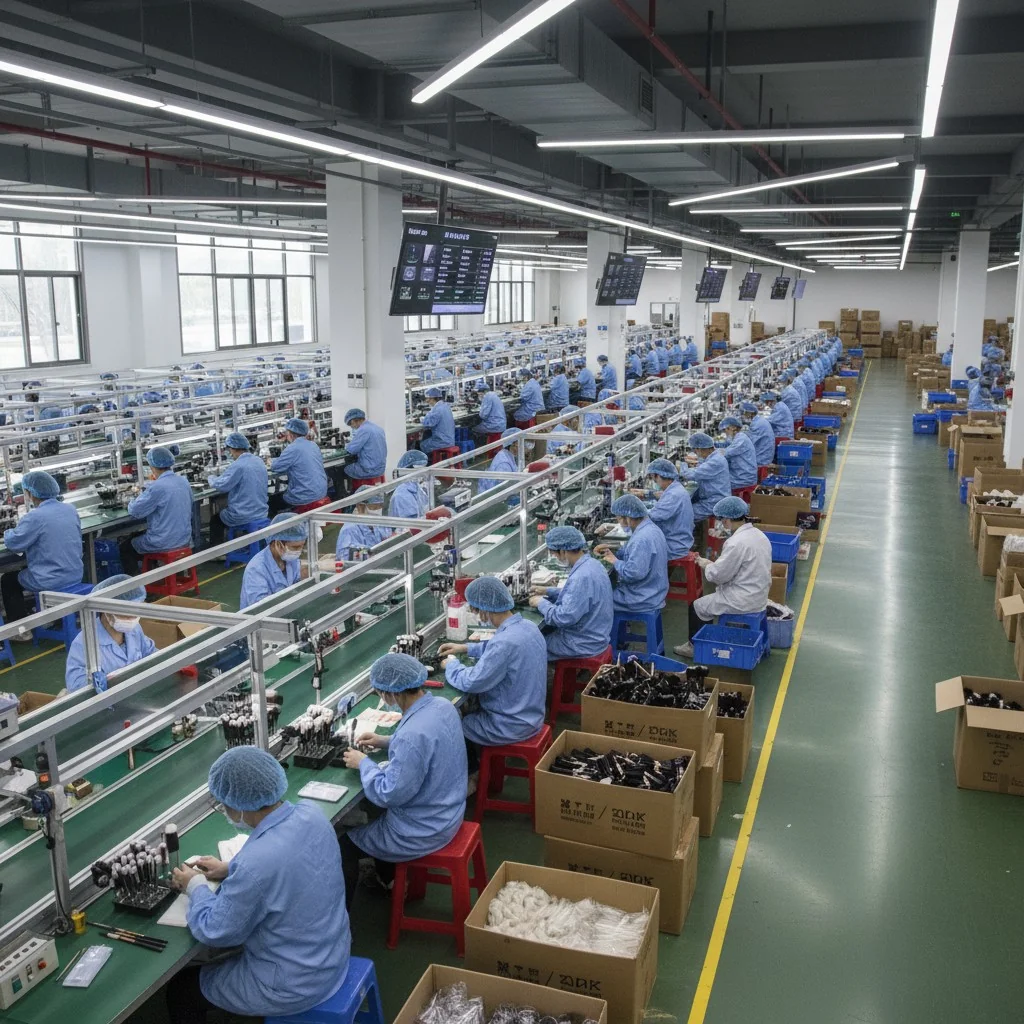
When I built my own OEM/ODM company, I chose to base it in China for these exact reasons. It’s not just about lower costs anymore. It’s about an entire ecosystem built for excellence and efficiency. A brand founder in the U.S. or Europe can send a design, and a factory here can source the fibers, manufacture the custom-shaped ferrules, mold and paint the handles, and assemble the final product all within a small geographic area. This integration is incredibly powerful. It reduces lead times and allows for rapid prototyping—something my clients like Emily value immensely when they’re trying to get a new product to market fast.
| Sourcing Factor | Why Asia (Specifically China) is the Leader |
|---|---|
| Specialization | Decades of focus have created deep expertise and specialized labor. |
| Supply Chain | Raw materials (fibers, wood, aluminum) are readily available. |
| Scalability | Factories can handle orders from small indie brands to massive L’Oréal runs. |
| Cost-Performance | Delivers high quality at a price point that works for mass-market retail. |
| Speed | Integrated clusters allow for fast prototyping and shorter production lead times. |
Sourcing brushes from Asia always means lower quality.False
Quality is determined by the brand's specifications, the chosen supplier's capabilities, and rigorous quality control—not the country of origin. Asia's top factories produce brushes for the world's most luxurious brands.
China is the world's largest exporter of brushes across various categories, not just cosmetics.True
Industry and trade data consistently show China as the dominant global exporter of brushes and brooms, highlighting its massive production capacity and established manufacturing infrastructure.
How can I confirm the country of origin for my exact L’Oréal brush?
You’re holding the brush, but the origin is a mystery. Misinformation is everywhere online. Here’s a simple, foolproof checklist to find the truth without getting confused by misleading clues.
The most reliable way is to find the "Made in…" statement printed directly on the brush’s backer card or box. You can also check the "Country of Manufacture" section on the retailer’s online product page. Do not rely on the barcode.
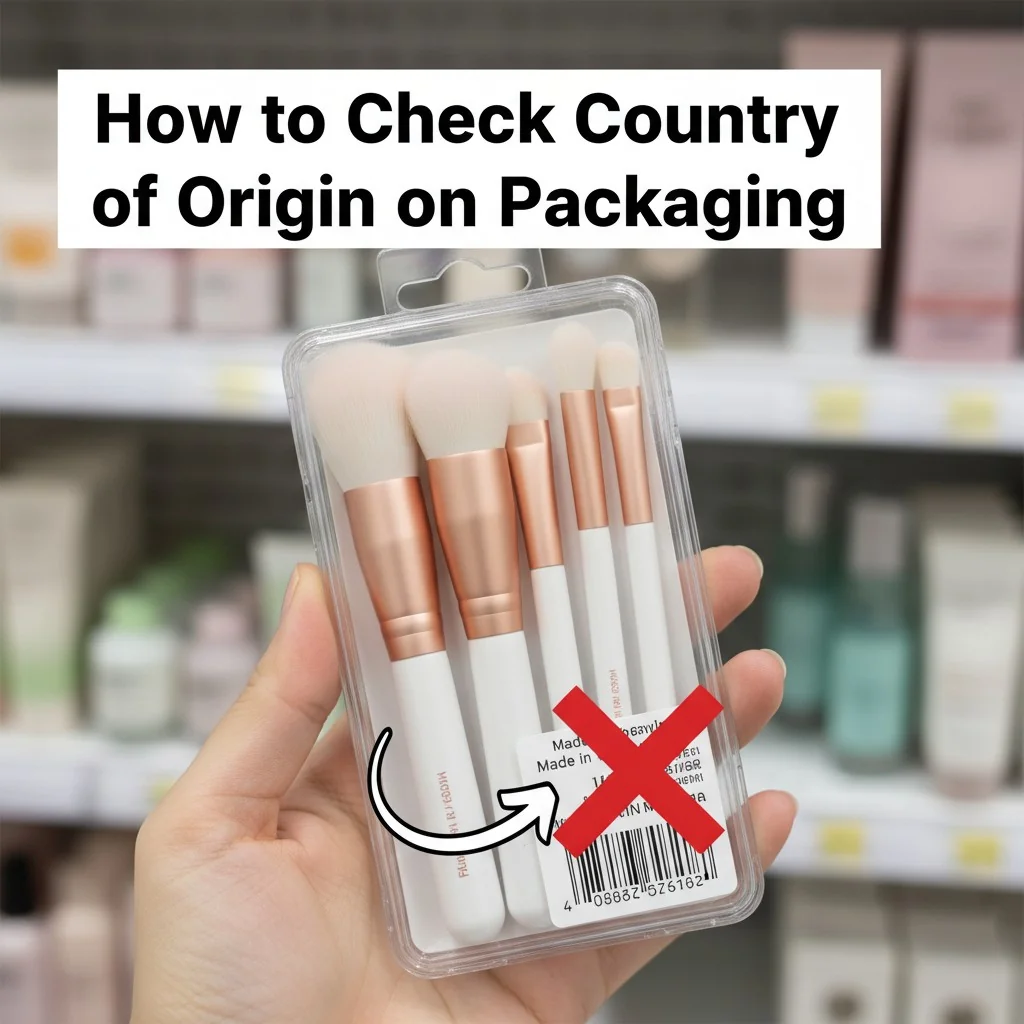
I’ve seen so many people get this wrong, especially brand owners new to sourcing. They see a barcode starting with a certain number and assume it tells them the country of origin. It’s a common mistake that can lead to confusion. Here is the simple process I teach my clients.
Your 3-Step Verification Checklist
-
Check the Physical Packaging First: This is your most reliable source. Look carefully on the back of the cardboard or plastic packaging. By law, imported products must state their country of origin. It will be printed clearly as "Made in China," "Made in PRC," or another country.
-
Review the Online Product Page: If you’re shopping online, scroll down to the product details or specifications section. Reputable retailers will have a field called "Country of Origin" or "Country/Region of Manufacture."
-
Ignore the Barcode: A barcode’s prefix indicates the country where the barcode was registered, which is usually the company’s headquarters. A L’Oréal product will have a French barcode prefix because L’Oréal is a French company, even if the brush was made in China.
If you’ve done all this and are still unsure, you can always contact L’Oréal’s customer service with the product’s name and SKU number.
The first few digits of a barcode tell you where the product was manufactured.False
The barcode prefix (GS1 Company Prefix) identifies the country where the company is registered, not where the product is made. A French company will use a French prefix regardless of manufacturing location.
U.S. law requires that imported products be marked with their country of origin.True
The Tariff Act of 1930 requires that most imports be marked with the English name of their country of origin to inform the ultimate purchaser. This is why you find 'Made in...' labels on products.
What should B2B buyers know about OEM/ODM quality and compliance?
Sourcing from Asia can feel like a gamble for your brand. You worry about inconsistent quality, unethical labor, and whether the product is safe. But you can control the outcome by asking the right questions from the start.
For B2B buyers2, quality isn’t about the country; it’s about the supplier. Vet factories for certifications like ISO 9001 (quality management) and BSCI (social compliance). Demand specific tests for bristle shedding, glue strength, and material safety (REACH/Prop 65).
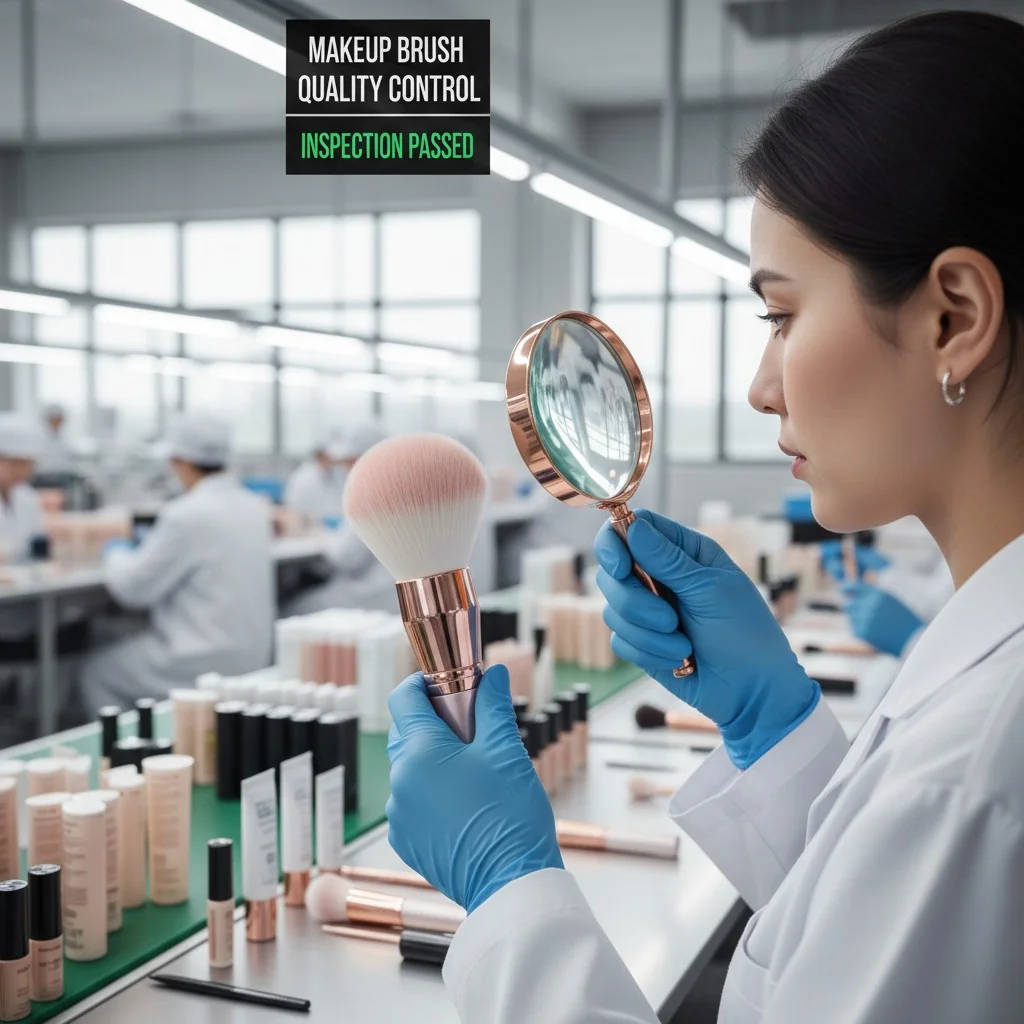
This is the most critical part of building a successful brand. One of my clients, Emily, was terrified of this. She had heard horror stories of receiving a bulk order that looked nothing like the approved sample. To avoid this, we built a clear vetting and QC plan. It’s not about hope; it’s about process.
Vetting Your Factory Partner
Before you even talk about price, ask for documentation. A serious factory will have it ready.
- ISO 90013: This shows they have a documented quality management system. It means they are process-driven, not chaotic.
- BSCI or SA8000: These are social compliance audits. They show the factory treats its workers ethically, which is non-negotiable for modern brands.
- FSC Certification: If you’re using wooden handles, this ensures the wood is from responsibly managed forests.
Key Quality Control Checks
Your purchase order should include specific, measurable quality standards.
- Bristle Shedding Test: How many bristles fall out after a set number of strokes or pulls?
- Ferrule Pull Test: How much force does it take to pull the handle from the ferrule? This tests the glue’s strength.
- Material Compliance: Request reports showing the materials are compliant with regulations like REACH (for Europe) or Prop 65 (for California). This is crucial for customer safety.
By setting these expectations upfront, you move from a place of risk to a position of control. This is how you build a reliable supply chain and a brand that customers trust.
BSCI is a certification for product material quality.False
BSCI (Business Social Compliance Initiative) is not about product quality. It is an audit that assesses a factory's social compliance and workplace conditions, such as fair wages and safe working environments.
REACH is a European Union regulation concerning the safety of chemical substances.True
REACH (Registration, Evaluation, Authorisation and Restriction of Chemicals) aims to protect human health and the environment. Compliant materials are essential for products sold in the EU.
Conclusion
In short, most L’Oréal brushes are made in China by expert OEM partners. For your own brand, sourcing success depends on choosing the right partner and setting clear quality standards.
References
-
Exploring the global supply chain reveals the complexities behind product sourcing and manufacturing in the beauty industry. ↩
-
B2B buyers need to understand sourcing dynamics to make informed decisions and ensure product quality. ↩
-
ISO 9001 certification indicates a factory’s commitment to quality management, essential for reliable production. ↩

